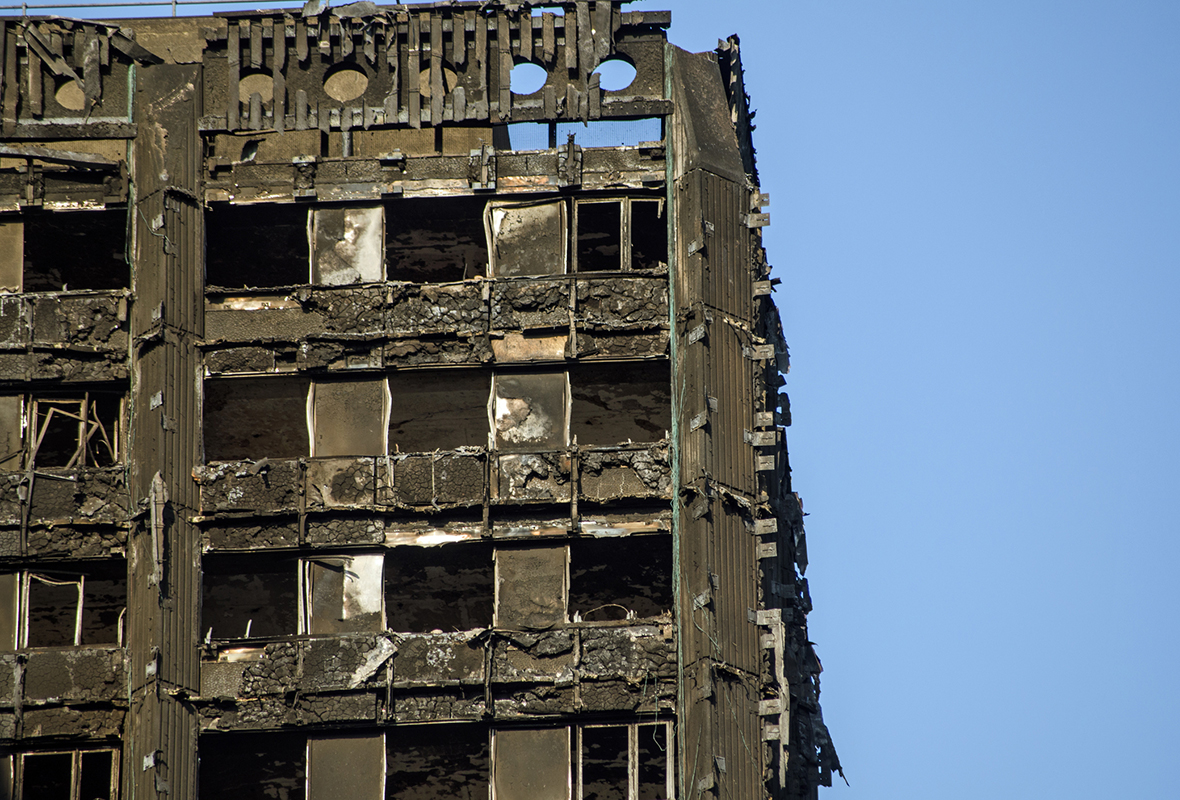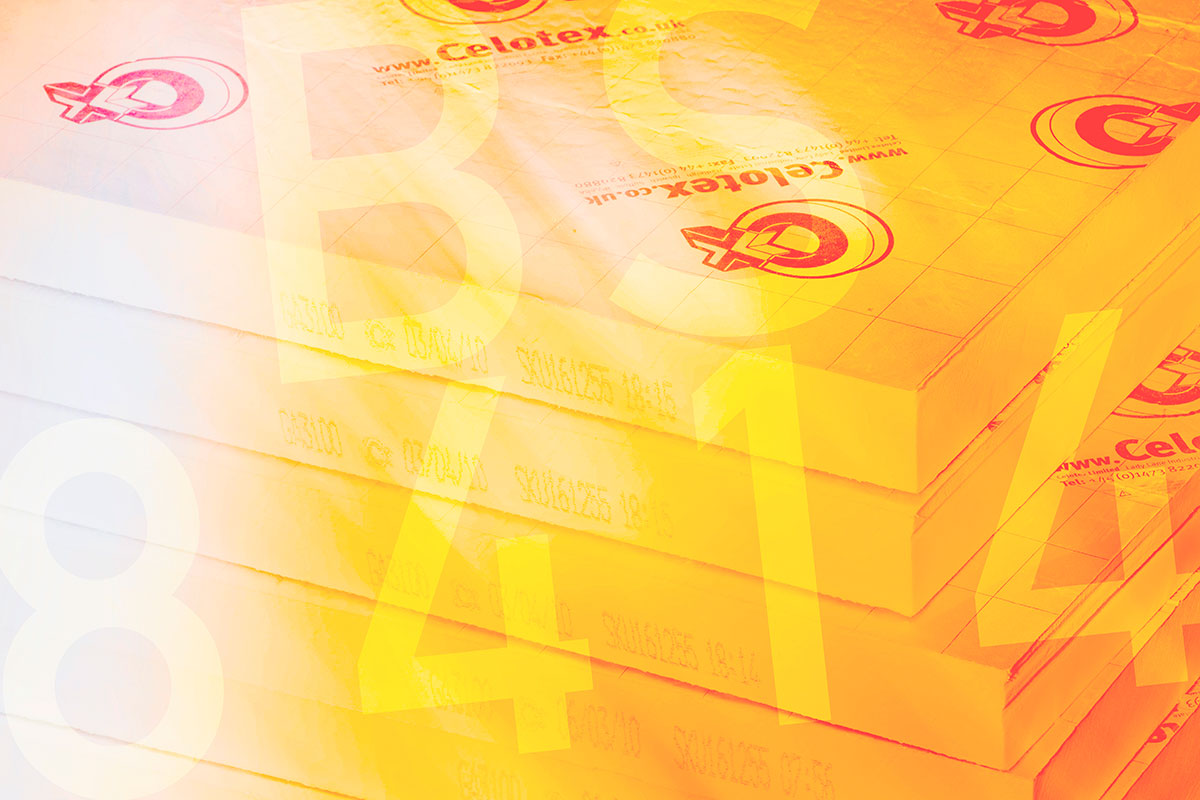You are viewing 1 of your 1 free articles
Industry lobbyists supported change to permit combustible insulation, documents reveal
Official guidance was altered to allow combustible insulation on tall buildings with the support of plastic industry representatives, documents released to Inside Housing show.
In 2006, Approved Document B was amended to allow large-scale testing to clear combustible insulation for use on tall buildings.
Consultation submissions ahead of this change, released to Inside Housing under the Freedom of Information Act, reveal it was given the approval of the British Rigid Urethene Foam Manufacturers Association (BRUFMA) – a body set up to represent the plastic insulation industry.
Large-scale testing was first introduced in 2000, following the 1999 tower block fire at Garnock Court in Scotland.
However it was originally only available for combustible cladding panels, with insulation on buildings above 18 metres required to be of limited combustibility by the official guidance.
The change in 2005, which was never listed by government in a summary of significant changes, allowed combustible insulation to be cleared if it passed the ‘BS 8414’ test.
BRUFMA’s submission to the inquiry – released to Inside Housing following a complaint to the Information Commissioner’s Office – supports including a provision for this test in paragraph 11.7 of the guidance, which was the paragraph setting the standard for insulation.
It says: “Paragraph 11.7 - We support the introduction of BS8414-1 2002 where BRE conducted a test programme to support the introduction of a large-scale test for facades.”
Inside Housing was provided with a handful of more than 200 responses to the consultation, with BRUFMA’s the only one to refer to the change regarding testing.
Related Files
Following this change, combustible insulation materials became widely used on tall buildings.
Under a process known as ‘desktop studies’ many materials were cleared for use in combinations that had never undergone a full-scale test.
In 2014, the insulation used on Grenfell, Celotex RS5000, passed a large-scale test in combination with non-combustible cement fibre cladding. The test has since been withdrawn for ‘inaccuracies’.
Simon Storer, chief executive of the Insulation Manufacturers Association – to which BRUFMA changed its name last year – said: “We would still support BS-8414 and large-scale testing as the best route to ensure the fire safety of buildings. If the alignment used on Grenfell had been tested to BS-8414 standards it would not have passed the test.”
He added that BRUFMA was “extremely small” in 2005 and it would be “remiss” to imply that it was particularly influential in lobbying for change to building regulations.
The BRUFMA response, along with other representatives of the plastic industry, also supported a report which advocated against including a standard for smoke release and the production of flaming droplets in building guidance.
Introducing these standards would have limited the use of combustible insulation products in internal walls and ceilings. This would not, therefore, have impacted on external cladding systems.
A spokesperson for the BRE said: “As an independent testing and research provider, our role in the 2005 AD B consultation process was to act as the technical secretariat and collate the responses received to the Approved Document B consultation and provide these to [government] for submission to, and decisions to be made by the government’s Building Regulations Advisory Committee (BRAC).”
The BRUFMA submission to the inquiry can be downloaded below.



